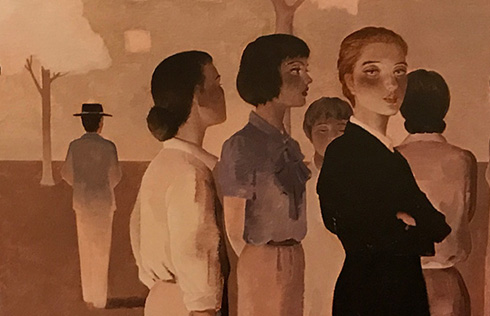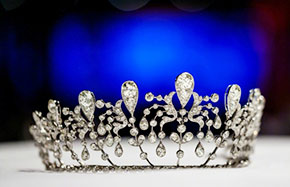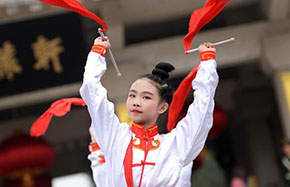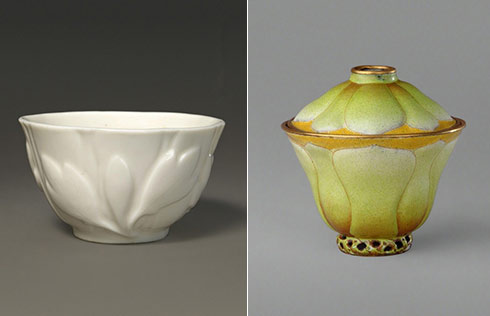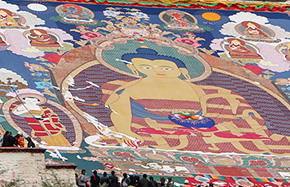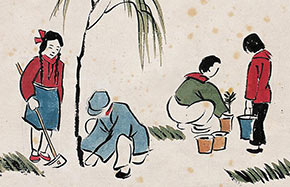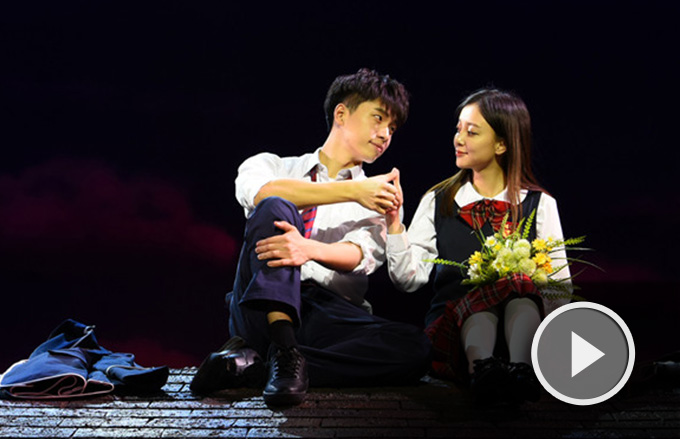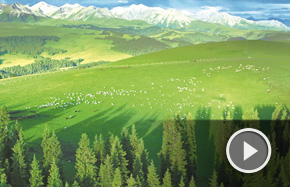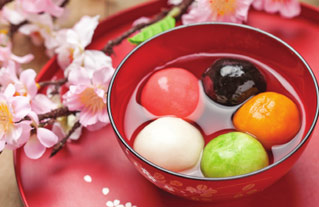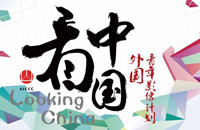Art show on birds in 19th-century China
 |
|
Youngsters visit the bird illustrations show in Beijing. Liu Xiangrui / China Daily |
An ongoing exhibition showcasing illustrations of birds by French missionaries in China in the 19th century is running at the Poly Art Museum in Beijing through April 13.
The exhibition, being jointly organized by the China Biodiversity Conservation and Green Development Foundation and the Poly Culture Group, is part of celebrations to mark the 36th Beijing Bird Loving Week, which began on Saturday, and to enhance public awareness of biodiversity in the country.
The show includes 746 illustrations describing 416 species, some of which are extinct.
The illustrations combine traditional Chinese painting skills with Western naturalistic techniques to portray different bird species.
Calling it a show of "great artwork" on birds in China, British ornithologist Terry Townshend said at the opening ceremony that it was also a good way to engage the public in efforts to protect biodiversity.
"People want to protect what they love, but they can only love what they know," he said.
The illustration project was run by Pierre Marie Heude, a French missionary priest who came to China in 1868 and helped with the founding of the country's oldest natural history museum in Shanghai's Xujiahui area.
Heude traveled throughout China and spent decades accumulating a valuable collection of zoological and botanical specimens.
Heude became the first director of the Xujiahui museum and conducted natural history studies with his team. He also wrote several books.
The museum is not only the first museum in Shanghai, but a critical part of the history of modern museums in China, Chinese scholars say.
Many items at the museum, especially some mammal specimens, were never seen in Europe before, winning the Xujiahui museum the reputation of a top museum in the Far East and "Asia's British Museum", according to researcher Zhang Jie from the Xuhui District Cultural Bureau in Shanghai.
In 1930, its collection was moved to the museum of natural history at Shanghai's Aurora University and featured in exhibitions, a library and laboratory rooms in the following years.
The former Xujiahui museum had to be closed after most of the foreign missionaries left the country in early 1952. The local government took up the management in the next year, and the items in its collection were transferred to various research institutes and other museums on the Chinese mainland.
The ongoing exhibition in Beijing is being held to honor the museum's contribution in boosting natural history research and inspiring public interest in the field in China.
"This exhibition has high scientific and artistic value. It not only gives vivid descriptions of the birds but also provides lots of relevant information, which allows us to compare the current distribution of birds with that a century ago," says Zhou Jinfeng, secretary general, China Biodiversity Conservation and Green Development Foundation.
If you go
9 am-5 pm, through April 13. Poly Art Museum, New Poly Plaza, 1 Chaoyang North Street, Chaoyang district, Beijing. Free admission. 010-6500-8117.





